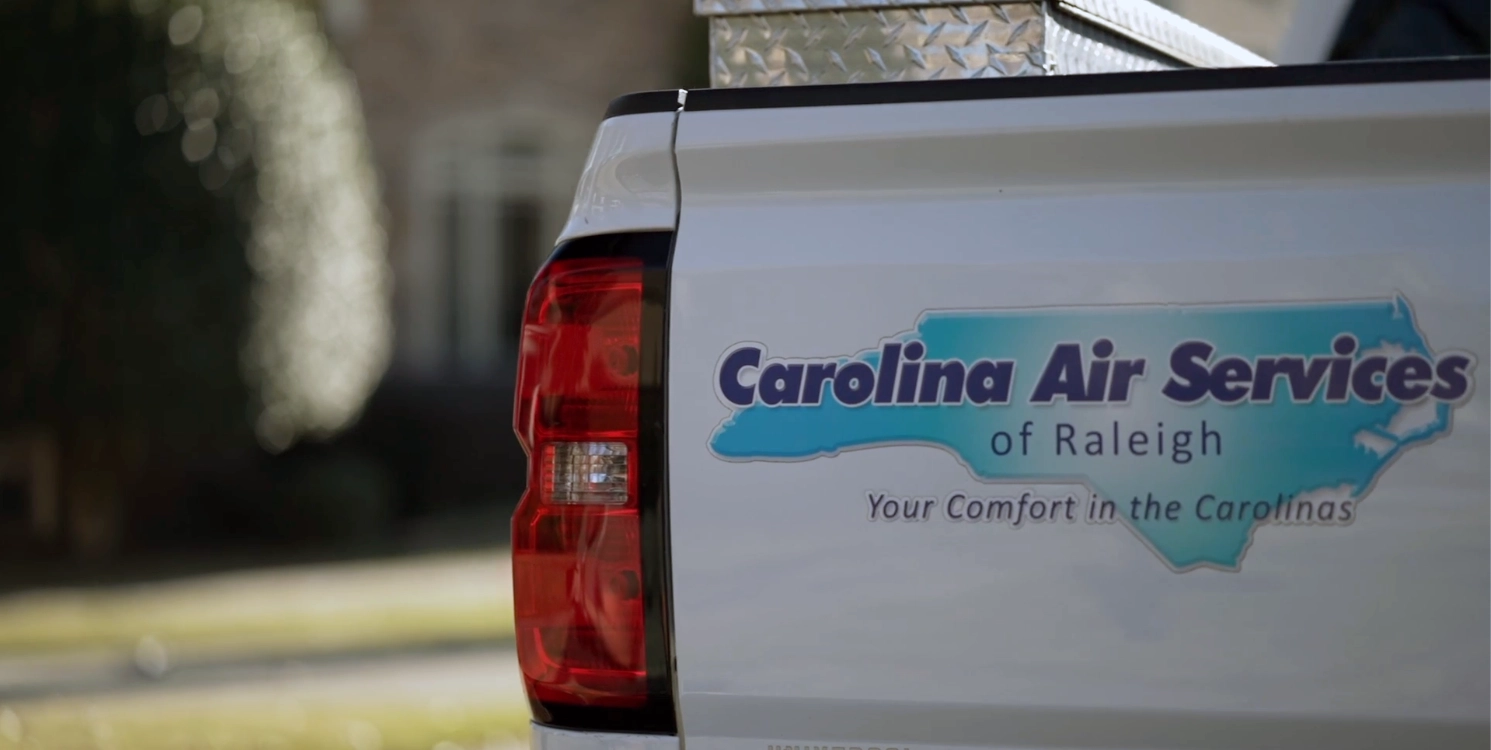Last Updated: March 28, 2025
Is your HVAC system over 10 years old? Are your energy bills climbing higher each month? Now might be the perfect time to upgrade your home's heating and cooling system, thanks to significant federal tax incentives available through 2032.
What's New for 2025 HVAC Tax Credits
The Inflation Reduction Act (IRA) has dramatically expanded and extended energy efficiency tax credits for homeowners. For 2025, you can claim up to 30% of the cost of qualified energy-efficient HVAC improvements, with a maximum credit of $2,000 annually for heat pumps and certain other high-efficiency systems.
Unlike previous years, these credits now reset annually, allowing you to make strategic upgrades over multiple tax years for maximum savings.
Qualifying HVAC Equipment
Heat Pumps (Up to $2,000 Credit)
The most generous credit applies to high-efficiency heat pumps. As of January 1, 2025, air source heat pumps must meet ENERGY STAR Most Efficient certification requirements to qualify. There are two pathways for eligibility: one designed for heating-dominated applications (cold climates) and another for cooling-dominated and dual-fuel applications.
Heat pumps are especially favored because they:
- Provide both heating and cooling in one system
- Operate with exceptional efficiency
- Reduce carbon emissions
- Lower utility bills significantly
Central Air Conditioners (Up to $600 Credit)
Federal tax credits cover a percentage of the cost for air conditioners that meet Energy Star certification and specific SEER ratings, making these systems not only better for the environment but also more affordable. The maximum credit for central air conditioners is $600.
Furnaces and Boilers (Up to $600 Credit)
Gas boilers must be ENERGY STAR-certified and have an AFUE of 95% or greater to qualify for credits equal to 30% of the project cost, up to $600. Oil furnaces must meet similar efficiency requirements plus be compatible with specified renewable fuels.
New Requirements for 2025
Starting in 2025, important changes are taking effect:
The IRS is implementing a requirement for manufacturers to establish a PIN number for each eligible product. For installations in 2025, you'll need to include the manufacturer's four-digit QM (Qualified Manufacturer) code on your tax return. This applies to heat pumps, water heaters, central AC, boilers, furnaces, and other qualifying equipment.
Beyond HVAC: Other Energy Efficiency Credits
Your energy-saving journey doesn't have to stop with HVAC. Consider these additional tax-eligible improvements:
- Home Energy Audits: A home energy audit for your main home may qualify for a tax credit of up to $150. This professional assessment helps identify the most impactful efficiency upgrades for your specific home.
- Weatherization: Insulation and air sealing materials don't have specific credit limits beyond the $1,200 annual maximum.
- Windows and Doors: Energy-efficient windows and skylights (up to $600) and exterior doors (up to $250 per door, $500 total).
- Clean Energy: If you invest in renewable energy for your home (solar, wind, geothermal, fuel cells or battery storage technology), you may qualify for an annual residential clean energy tax credit of 30% of the costs through 2032. This credit has no annual cap!
Coming Soon: Additional Rebate Programs
Beyond tax credits, watch for new rebate programs rolling out:
The High-Efficiency Electric Home Rebate Act (HEEHRA) will expand state rebates in 2025, offering $1,750 to $8,000 in upfront savings for low- and moderate-income households. Unlike tax credits, HEEHRA rebates are applied at the point of sale.
Strategic Planning for Maximum Benefits
To make the most of these incentives:
- Consider spreading upgrades across tax years - With annual limits rather than lifetime caps, you can claim the maximum credit each year through 2032.
- Start with a professional assessment - Have an HVAC professional evaluate your home's specific needs to ensure you select qualifying equipment that's properly sized.
- Keep detailed records - Save all receipts, manufacturer certifications, and installation documentation to support your tax credit claims.
- Plan for the full system - Sometimes replacing just one component isn't as efficient as upgrading the entire system. A matched system will perform better and may qualify for additional incentives.
Why Upgrade Your HVAC System?
Homeowners typically spend up to 20 percent of household energy use on water heating, making it the second-highest driver of energy expenses after heating and cooling. A modern, energy-efficient HVAC system can dramatically reduce these costs while improving your home's comfort.
Most HVAC professionals recommend replacing systems older than 10 years. Newer systems offer:
- Lower monthly energy bills
- Improved indoor comfort
- Better humidity control
- Quieter operation
- Smart home integration
- Reduced environmental impact
- Fewer repairs and maintenance issues
Next Steps
Ready to explore your options? Contact Carolina Air Services of Raleigh as your trusted HVAC professionals for a consultation. We can help you navigate the specific requirements for tax-eligible equipment and design a system that maximizes both comfort and financial benefits.
Remember that these tax credits are available through 2032, but efficiency standards may change over time, so acting sooner rather than later can ensure you qualify for the maximum incentives.
Disclaimer: This information is provided for general guidance only and does not constitute tax or legal advice. Tax credit eligibility and requirements may change. Please consult with a qualified tax professional regarding your specific situation.
For the most current information, visit the ENERGY STAR Federal Tax Credits page or the IRS Energy Incentives page.

